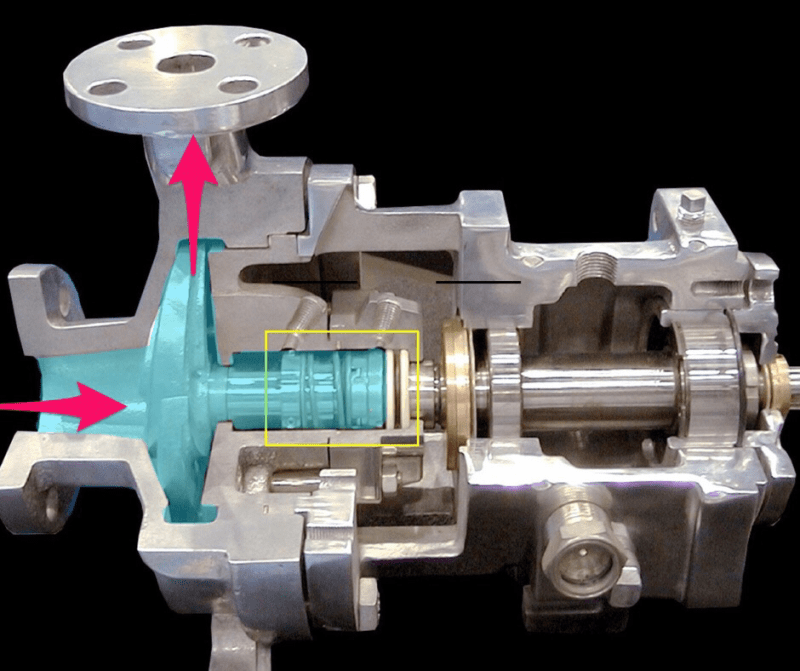I'm trying to understand this paragraph:
"After the liquid leaves the impeller, but before exiting the pump, the final transformation of energy occurs in a diffusion process. An expansion of the flow area causes the liquid’s velocity to decrease to more than when it entered the pump, but well below its maximum velocity at the impeller tip. This diffusion transforms some of the velocity energy to pressure energy."
The sentences in Italic had confused me a bit.
"After the liquid leaves the impeller, but before exiting the pump, the final transformation of energy occurs in a diffusion process. An expansion of the flow area causes the liquid’s velocity to decrease to more than when it entered the pump, but well below its maximum velocity at the impeller tip. This diffusion transforms some of the velocity energy to pressure energy."
The sentences in Italic had confused me a bit.

